Conceptual design of structures using machine learning
Dr. Kanyilmaz and his team in Politecnico di Milano developed and validated a computer-assisted tool based on Non-dominated Sorted Genetic Algorithm II (NSGA-II) that can be used to analyse a wide range of safe, economical and ecological options for the conceptual design of buildings.
The design space starts from a design brief (with only a little information about the site characteristics and project objectives). The solutions are explored with the material, grid size, floor type, lateral resistance, and foundation system variables. In a short computational time (< 2 min per run), users are provided with a Pareto graph of a large set of feasible solutions (in terms of cost, embodied CO2 emissions and free space) that an engineer would not be typically able to evaluate within a traditional conceptual design process. More details can be read in the following articles:

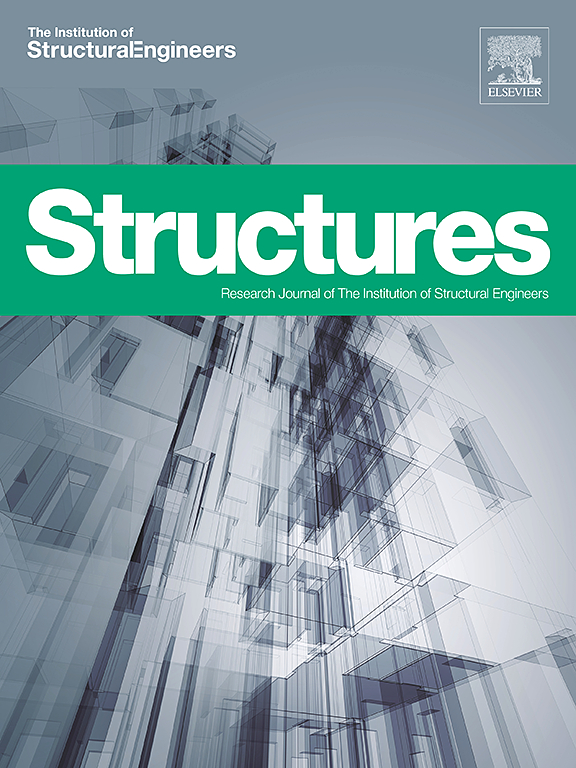
Image classification using conventional neural networks
Dr. Kanyilmaz and his team have been developing a convolutional neural network tool that is capable of assessing the images for several criteria i.e. corrosion, damage, connection type. The objective of the tool is to support the engineers and architects while giving re-use/recycle decisions.
More details can be read in the following articles:
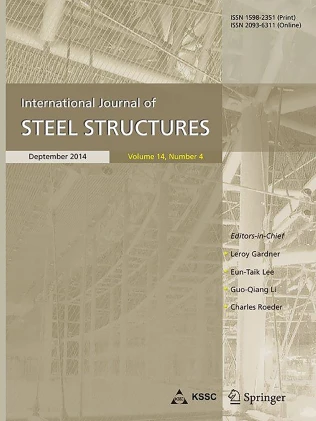
Related news
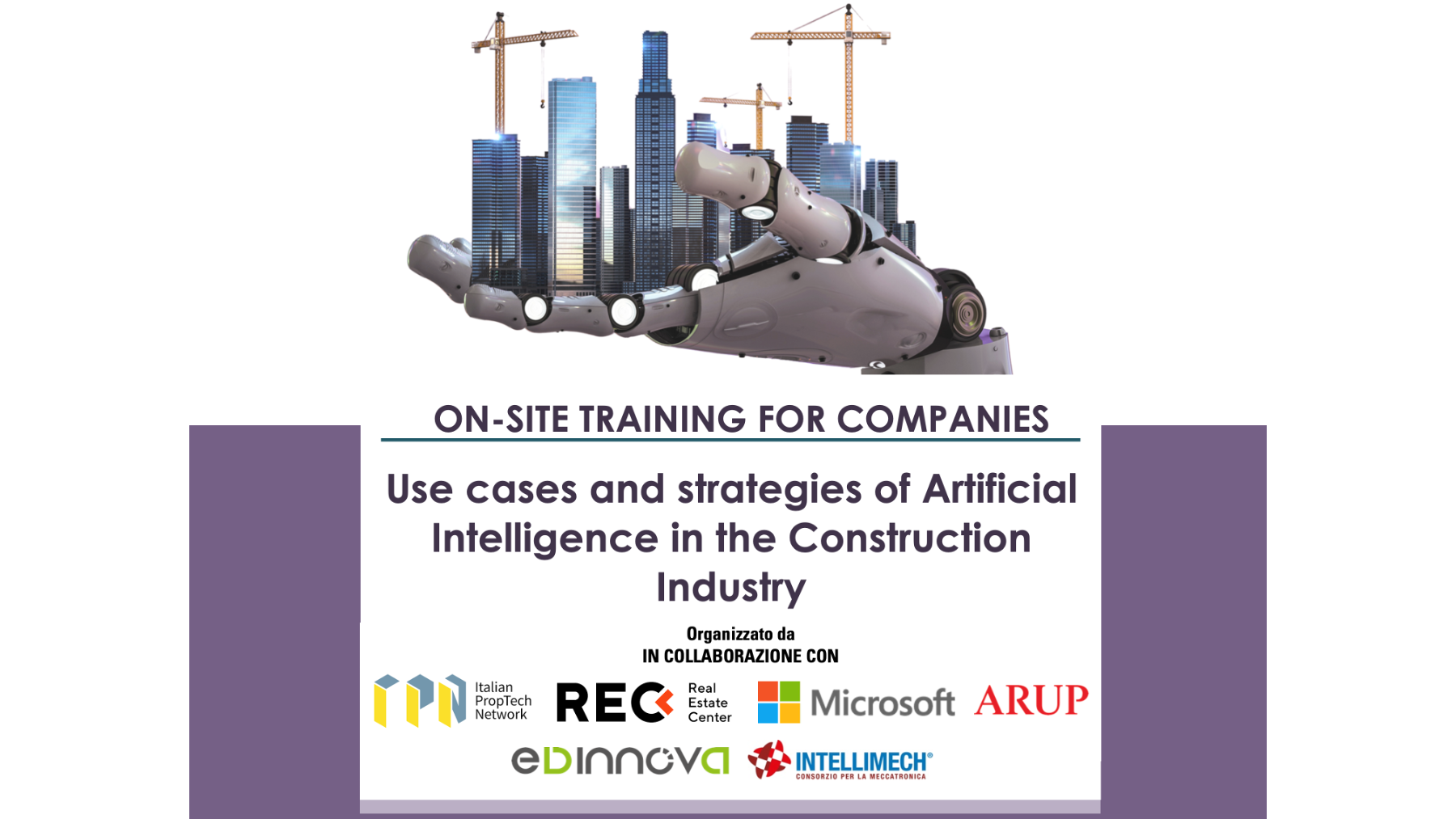
AI Training in Milano
7 and 8 March 2025
Organized by Alper Kanyilmaz in collaboration with Microsoft, Arup, Intellimech, Edinnova, and the Italian PropTech

Artificial Intelligence for AEC companies
26-28 February 2025
Organized by FUNDEC – DECivil, this online training program will take place on February 26, 27, and
… Continue reading Artificial Intelligence for AEC companies

AI-powered Steel Structures
3 and 5 December 2024
Alper Kanyilmaz and Paul Kassabian (Principal and Structural Engineer at Simpson Gumpertz &
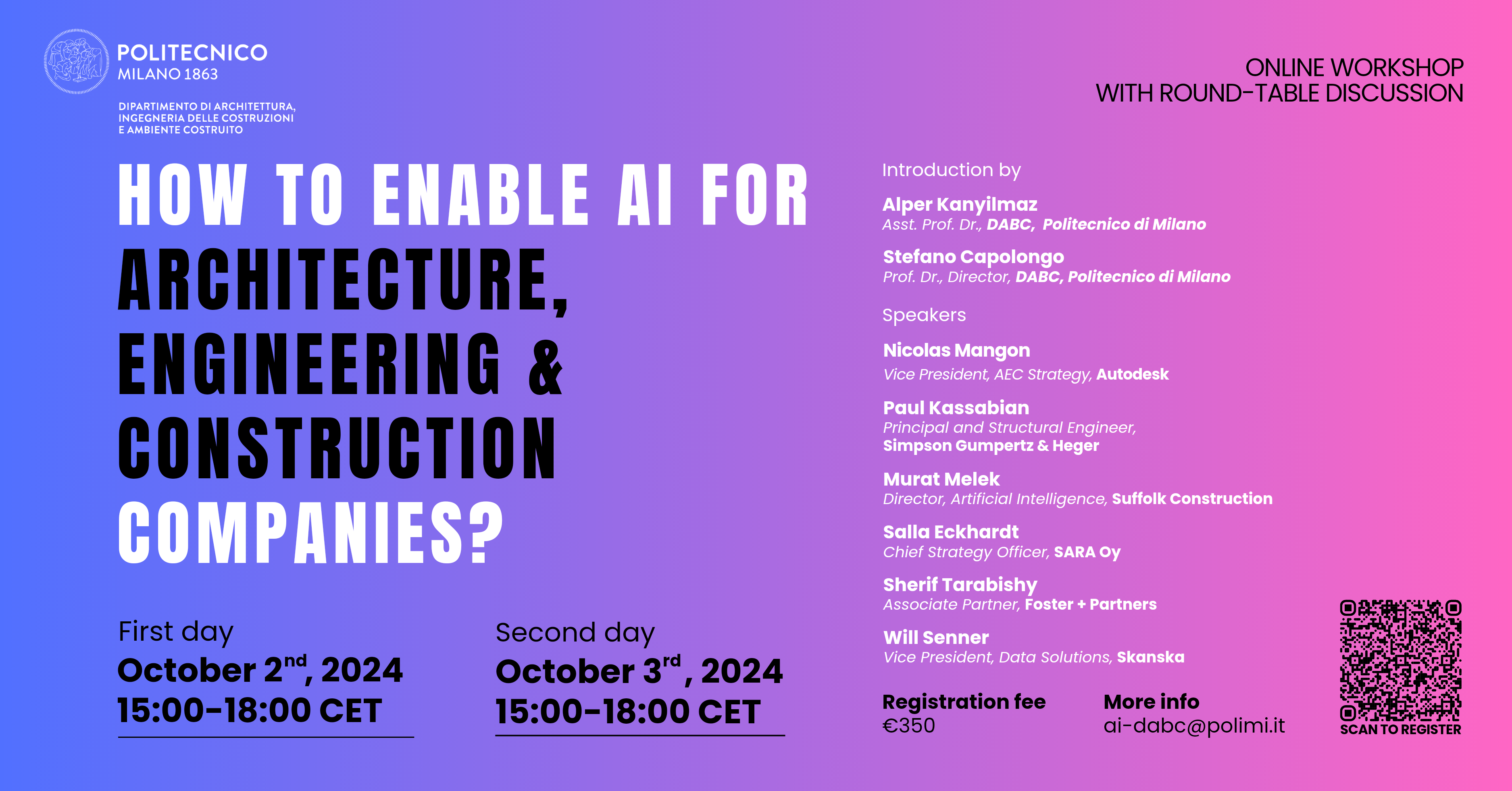
How to enable AI for Architecture, Engineering and Construction Companies?
2-3 October 2024
Alper Kanyilmaz will lead the teleworkshop titled “How to Enable AI for Architecture, Engineering & Construction Companies?”
… Continue reading How to enable AI for Architecture, Engineering and Construction Companies?
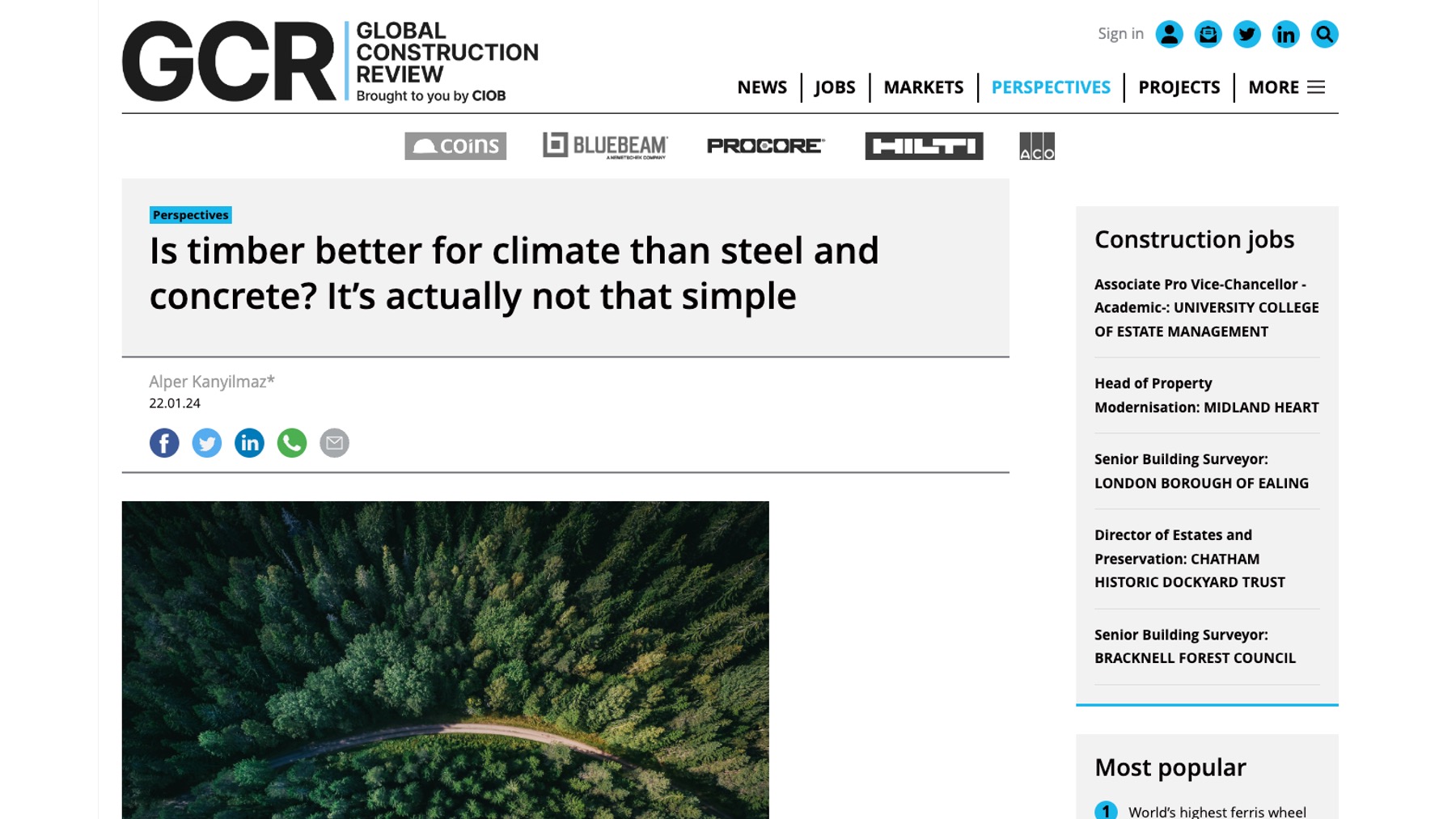
Is timber better for climate than steel and concrete? It’s actually not that simple
22 January 2024
In today’s Global Construction Review article, Dr. Kanyilmaz challenges the oversimplified views on
… Continue reading Is timber better for climate than steel and concrete? It’s actually not that simple
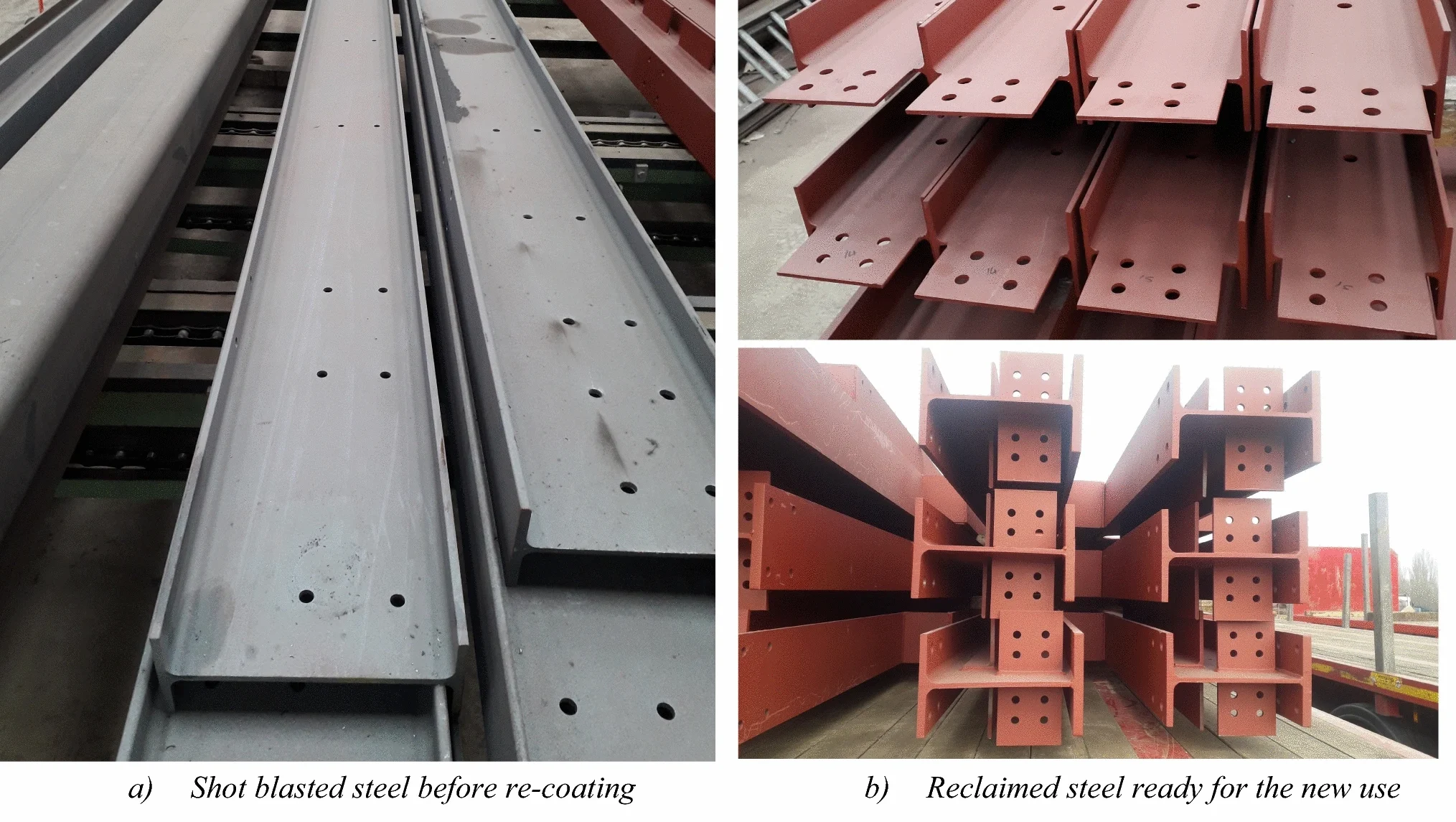
Reuse of Steel in the Construction Industry: Challenges and Opportunities
25 September 2023
Kanyilmaz, A., Birhane, M., Fishwick, R., Castillo C.. Reuse of Steel in the Construction Industry: Challenges and Opportunities. Int
… Continue reading Reuse of Steel in the Construction Industry: Challenges and Opportunities
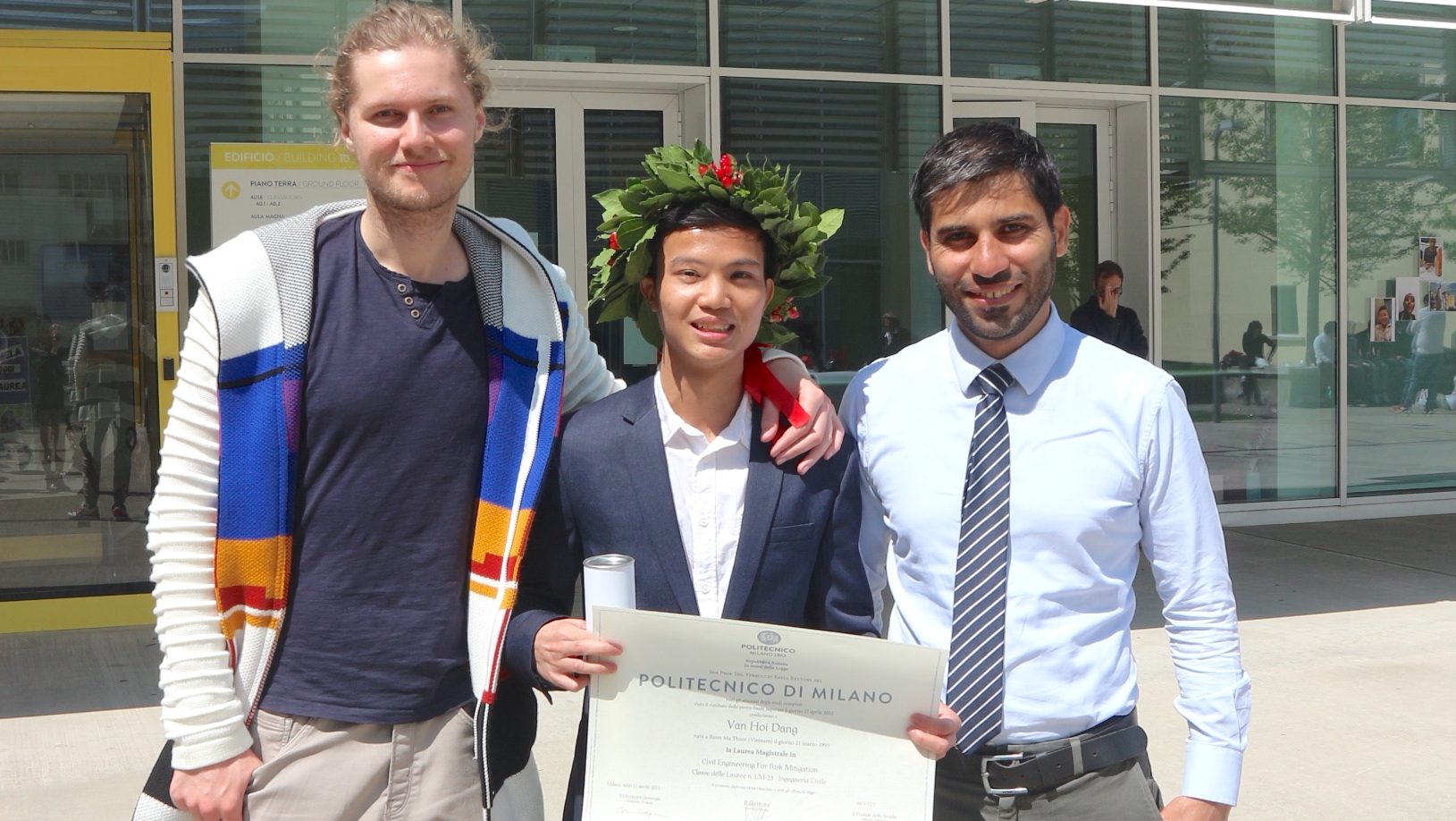
Conceptual Design of Mass Timber Structures using Genetic Algorithms
27 April 2022
Our MSc student Van Hoi Dang discussed successfully his thesis “Conceptual Design of Mass Timber
… Continue reading Conceptual Design of Mass Timber Structures using Genetic Algorithms
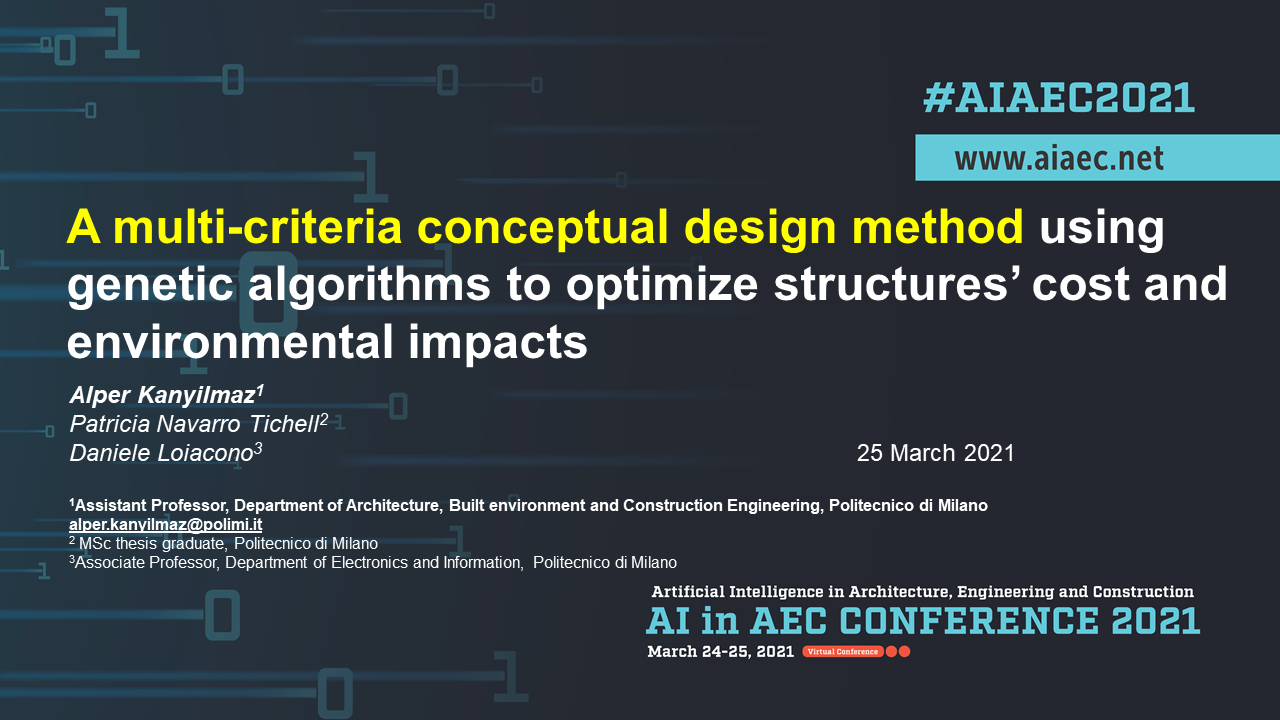
A multi-criteria conceptual design method using genetic algorithms to optimize structures
25 March 2021 11:30 CET Speaker in AI in AEC conference: “A multi-criteria conceptual design method using genetic algorithms to … Continue reading A multi-criteria conceptual design method using genetic algorithms to optimize structures